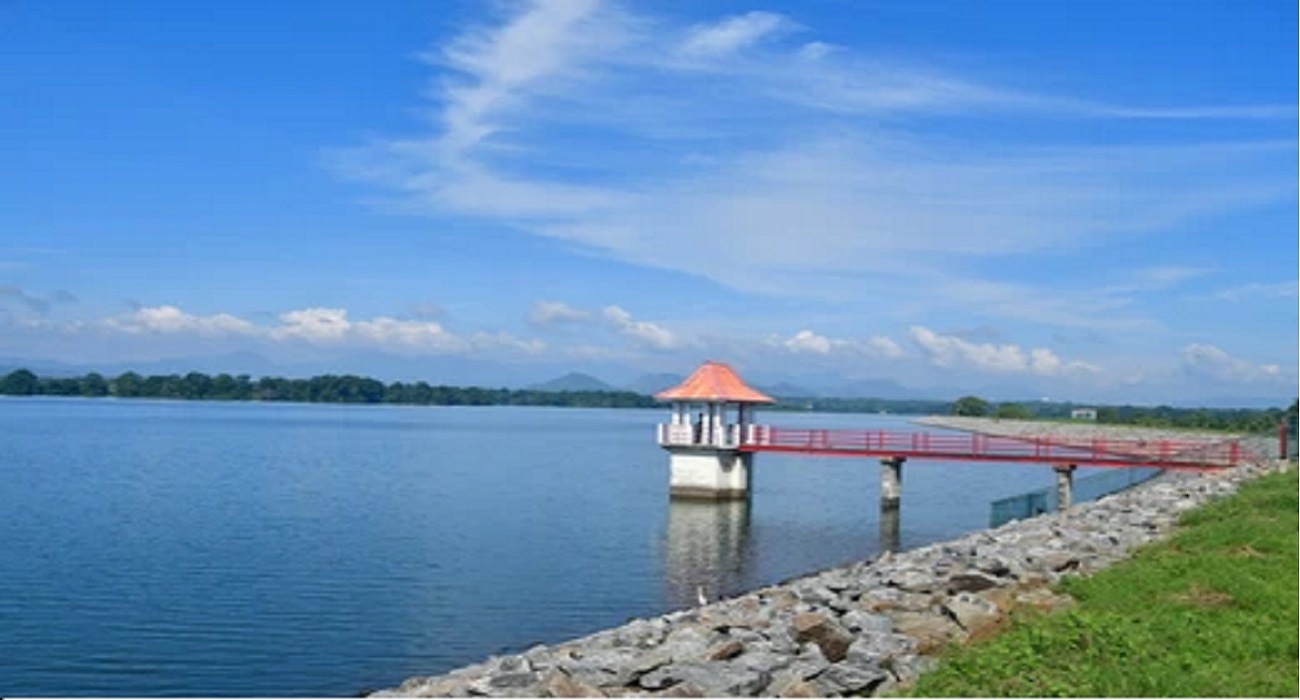
2022-05-12
Chandrika Lake
The main purpose of a national park is to protect the natural environment of the area and conservation of biodiversity. Also, to promote education and recreation. National parks support broader conservation, serving as anchors of larger ecosystems and also pathways linking wildlife habitat and catalysts for resource protection. Parks contribute to the maintenance of the eco system equilibrium. The plants in the parks are purifying the air. Land get conserve due to establishing of parks. The air, water and wildlife that move in and out of parks must be safe and protected for parks to flourish.
This Park was created to provide a sanctuary for wild animals displaced by the construction of the Udawalawe Reservoir on the Walawe River, as well as to protect the catchment of the reservoir. Specially this park is protected area for elephants. When this is well maintained and empowered the country can gain much more foreign currency to our motherland. Udawalawe National Park is a national park on the boundary of Sabaragamuwa and Uva Provinces in Sri Lanka. The park was created to provide a sanctuary for wild animals displaced by the construction of the Udawalawe Reservoir on the Walawe River, as well as to protect the catchment of the reservoir. The reserve covers 30,821 hectares (119.00 sq mi) of land area and wasUdawalawe lies on the boundary of Sri Lanka's wet and dry zones. Annual rainfall of park is 1500mm during October to January and march to May. Park has average annual temperature about 27-28 Celsius. Relative humidity varies from 70% to 83%.The habitat surrounding at the reservoir includes marshes, the Walawe river and its tributaries, forests and grasslands. Areas of open grassland are abundant as a result of former chena farming practices. Udawalawe is an important habitat for water birds and Sri Lankan elephants. It is a popular tourist destination and the third-most visited park in the country. Species recorded from the park include 94 plants, 21 fish, 12 amphibians, 33 reptiles, 184 birds (33 of which are migratory), and 43 mammals. Additionally, 135 species of butterflies are among the invertebrates found in Udawalawe. Udawalawe is an important habitat for Sri Lankan elephants, which are relatively hard to see in its open habitats.
Copyright © 2022. PRADESHIYA SABHA Developed by CIS WORLD